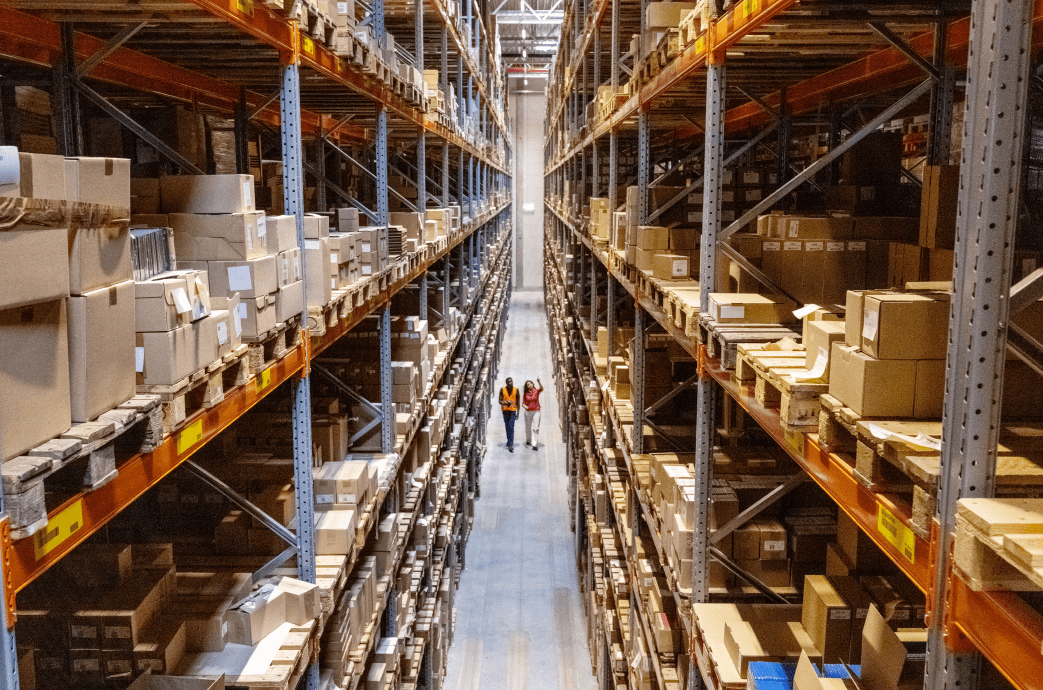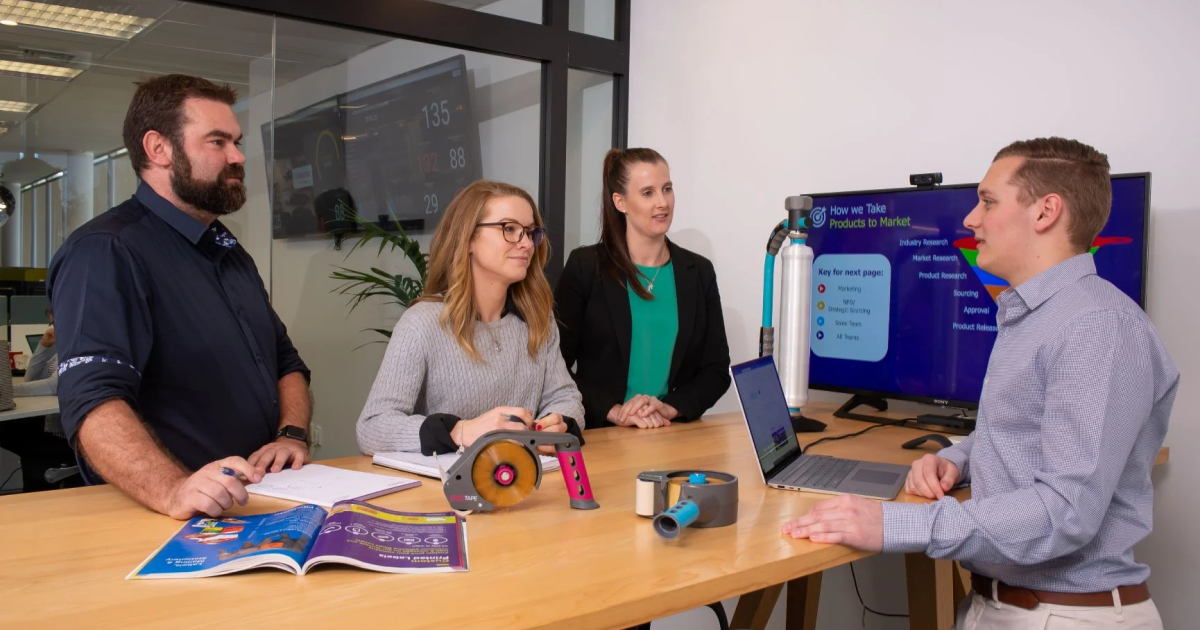
There are many aspects of workplace safety and hygiene, and the level of hygiene needed will depend largely on the industry your workplace belongs to. While most workplaces will have processes and guidelines in place to keep employees safe and healthy at work, it's important that you and your team understand why these should be taken seriously.
When everyone understands how adhering to workplace hygiene procedures can benefit them, engagement with these procedures is likely to increase - resulting in a healthy and happy workplace.
This blog discusses five simple reasons workplace hygiene should be taken seriously, which can be shared and discussed with your team. Read on to find out more.
1. Legal requirements
The Health and Safety at Work Act 2015 (HSWA) sets guidelines for businesses, employers and employees to maintain adequate health and safety standards at work. This is to minimise or eliminate risks to anyone at work, and keep them safe from potential illness or injury. Regulations require people and entities involved in the workplace to carry about their work in a safe manner, and to ensure the physical workplace is safe and hygienic.
Communicating the expectations and requirements of each person at work is an important step in everyone gaining a proper understanding of why workplace hygiene is important. This will also enable your procedures to be carried out more effectively, as individuals will feel more engaged and knowledgable.
2. Healthier employees
According to the 2017 Southern Cross Wellness in the Workplace Survey:
- The average rate of absence per employee is 4.5-5 days.
- A typical employee’s absence costs their employer $600-$1000 per year.
- More than 40 per cent of kiwis are still turning up to work sick.
Considering this, team leaders and business owners should prioritise a healthy workplace to ensure their team remains healthy and productive. This includes preventing long term and short term illnesses to reduce absenteeism.
Short term, ensuring the workplace is cleaned regularly and effectively will ensure the spread of germs is minimised. Encourage your team to get involved with keeping their workspaces clean, and ensure adequate cleaning tools are in place - like hand wash and hand sanitisers.
Long term, the Auckland Regional Public Health Service recommends implementing a wellness programme in the workplace. This will aim to encourage your team to keep active and eat healthy to minimise the risk of preventable health conditions like heart disease, diabetes and cancer.
3. Happier employees
It is said that healthy and engaged employees are also more likely to be satisfied with their job. And when employees are satisfied with their job, your rate of staff turnover can decrease. This article states that it costs:
- between 30-50 percent of an annual salary to replace an entry-level employee
- upwards of 150 percent for a mid-level employee
- up to 400 percent for a senior or highly specialised employee.
Let's face it, we're all a lot happier when we're not sick. And when your team can see that the organisation they work for actually values their health and wellbeing, they will become more engaged in hygiene practices and be more satisfied with their work culture.
4. Creating a safe environment
In 2016, 233,000 claims were made to ACC for a work-related injury. When your team injures themselves at work, they are likely to be entitled to leave and will cost the business money and productivity in the long run. In the eyes of your team, going to work in a safe environment can lead to greater job satisfaction as they will feel confident in their working conditions and management team.
Ensure you are managing risks in your workplace relevant to your industry, and have effective procedures and policies in place to minimise or eliminate those risks. Use tools to create safer work environments, and use protective clothing and proper hygiene supplies to ensure your team stays healthy.
5. Develop trust
When you have created a safe environment for your team which in turn keeps them happy and healthy and complies with regulations, you will create trusted relationships with your team. This will create a better workplace culture, and can influence the reputation of your organisation overall - for future customers and employees.
So what are you waiting for? Ensure you have the correct hygiene and safety procedures in place for your workplace by conducting an internal audit. Remember to discuss your workplace procedures and policies with your team, and ensure they are comfortable and engaged with the process.
Looking for more ways to create a great hygiene culture in your workplace? Download our free guide for 8 simple ways you can get your team involved to creating a healthy workplace. Download your copy here.






.png)

